A Parade to Itsukushima Shrine & Daisho-in Temple
Published by CamDarling on
Welcome to the magnificent and sacred Itsukushima Shrine! Japan is filled with thousands of wonderful temples and shrines, after only 10 days of travel in the land of the rising sun you’ll probably experience dozens! But Itsukushima is special, the entire island has been built up around this shrine since the 6th century! The island is even referred to as “Miyajima” meaning “Shrine Island”. It’s Japan’s 3rd most visited tourist destination, so you’ll probably meet a few tourists heading this way while on your own adventure. I bet they didn’t know that the shrine’s floating Torii Gate was erected in 1875 and that the island came into prominence in the 12th century thanks to the generous donations of Warlord Samurai Taira no Kiyomori!
Located only a short walk into the mountains behind Itsukushima Shrine is Daisho-in Temple, the oldest and most significant Temple on Miyajima Island. Take a minute to stop by for some blessings by spinning the cylindrical inscriptions along the stairs to the temple. Also, bring a few coins along to leave in the hands of a small Buddha statue, or a knit hat if you have the time to make one by hand!
Itsukushima Shrine
- Hours: Open 6:30 am to 6:00 pm
- Fee: 300 Yen ($3 USD) or 500 Yen ($5 USD) with Treasury Hall Ticket
- Services: Small ceremonies are held throughout the year, list here
- Other: Walking path around the shrine open all day
Itsukushima Shrine is Japan’s third most popular tourist destination. The large Torii Gate that sits in the Seto inland sea is the shrine’s most iconic feature. You can visit any time of the year, from the beautiful summer to the snowy winter.
Whether you are visiting for the scenic beauty or the history, you’ll want to experience the beautiful shrine at high tide and low tide. At high tide, the Torii Gate appears to be floating over the calm waters. At night, its illuminated for your leisurely stroll along the waterfront. At low tide, you can walk out to get a closer look at the ancient Torii Gate.
Annual Ceremonies
- January 1st: Goshin-i Kenjo-shiki Ceremony
- February 11th: Oyster Festival
- August 8th: Kangen-sai
- August 26th: Miyajima Water FIreworks Festival
- December 23rd: Tencho-sai
History of Itsukushima Shrine
Miyajima Island has been a sacred site over a thousand years. Estimates place the origins of the shrine at around the 6th century however it only came into prominence as one of Japan’s most celebrated shrines in 1168 with the added patronage of the famous warlord Taira no Kiyomori.
The current shrine was built sometime in the mid 16th century, but based on the 12 century version that was built on support pillars in the small inlet. The massive Torii Gate is made out of Camphor wood and was erected in 1875. The shrine has had other Torii Gates and various buildings destroyed over the years by storms, typhoons, fires and natural decay.
The shrine is officially dedicated to the three daughters of the Shinto God Susano No Mikoto, the god of the sea and storms. Because the shrine was originally a “pure” site, this is where the legend of no birth or deaths being permitted on the island originates.
Who was Taira no Kiyomori?
In my Osaka Castle and Hiroshima Castle article, I dived into a little Feudal Samurai History from the unification of Japan period, 16th century. We looked at the historical figures of Tokugawa Ieyasu, Toyotomi Hideyoshi and Mori Terumoto.
Well, all these famous Japanese figures have Taira no Kiyomori to thank for basically creating the Shogun position in Japanese politics. Taira no Kiyomori wasn’t a shogun per say, but he was the leader of a powerful clan with a Samurai Army.
The Heiji Rebellion in 1159 between the Taira and their once allies, the Minamoto Clan was a decisive but not final victory for the Taira Clan. 3,000 Taira samurai Calvary attacked the imperial palace and Minamoto forces, but then feigned a retreat! A second Taira force occupied the palace while the Minamoto forces pursued the Taira back to their own base Kyoto. Fighting on their own ground, the Taira fought fiercely and defeated the enemy samurai.
The Taira Clan became the greatest military power in Kyoto… all in the name of retired Emperor Go-Shirakawa who supported the Taira politically, granting Taira no Kiyomori powerful positions at court. Eventually, Taira no Kiyomori became the official administrator of the Kyoto court and married his daughter to the young Emperor Takakura.
They gave birth to a son, Emperor Antoku who was sworn in as Emperor at 2 years old when Taira no Kiyomori forced the 18 year old Takakura to abdicate. Takakura died a year later which is really suspicious.
The Taira were the first Samurai Clan to take over Japan by force, then by marriage into the royal line, then ruling on behalf of a child Emperor. However, the victory over the Minamoto wasn’t final, The Taira Clan would be destroyed by the Minamoto only a few years later in 1185 in a battle that would become legends and folktales for centuries. But that’s for another article!
Photo Gallery
Daisho-in Temple (大聖院)
Located in the valley between two mountain ridges, only 15 minutes from Itsukushima Shrine sits Daisho-in Temple compound. It’s a stunningly beautiful temple, hidden among the trees!
Tip: Try and visit on the way down from Mt. Misen. The path runs right down beside the temple, beware it closes by 5:00 pm.
The temple is part of the Shingon sect of Buddhism and founded by Kukai, Kobo Daishi in 806. If you’ve visited Koyasan, in Wakayama prefecture, the Okunoin Temple was also established by Kobo Daishi.
- April 28th: Sastuki Festival (Treasure on Display)
- July 7th: Seven Gods of Fortune Ceremony
- September 8th-10th: Mantoue (Candlelight Festival for World Peace)
- November 8th: Tea Dedication Ceremony
- November 15th: Fire Walking Festival
Check out this page for the full list of events.
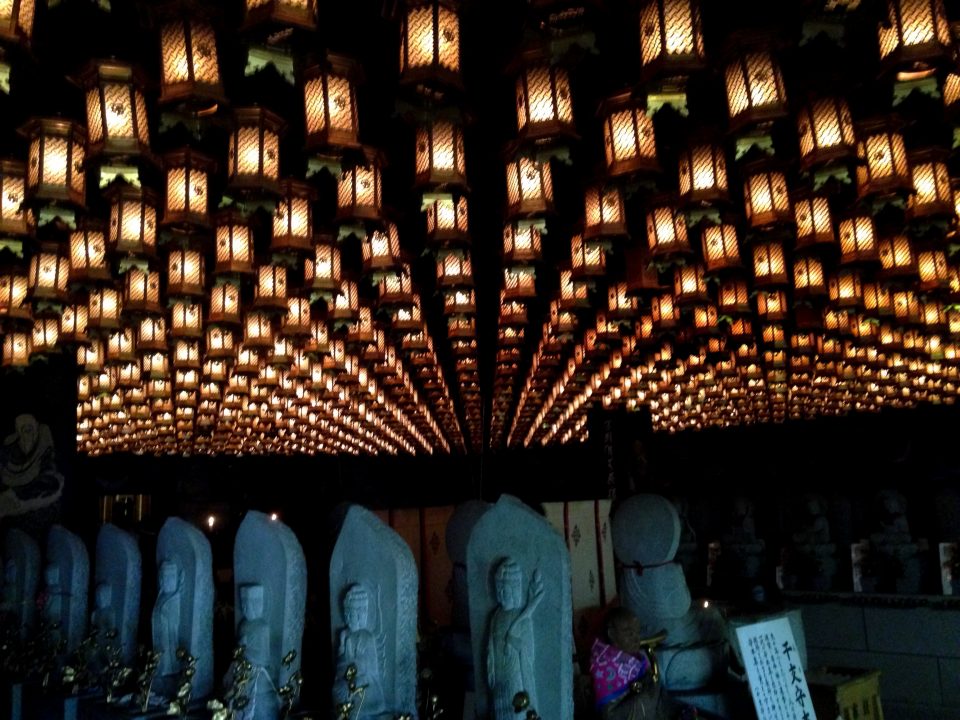
Kangen-sai Lantern Festival
Held every August 8th is Itsukushima Shrine’s largest Festival. The lantern parade dates back to the Heian Period, around 794 to 1185 AD and runs from 3:00 pm to 11:00 pm with multiple events going on throughout the day! Schedule Here.
“Kangen” is traditional court music played with instruments like the Biwa, Drums and Flutes. Taira no Kiyomori brought the delights of Kyoto’s imperial courts to the island when he was appointed Daimyo in 1146.
Today’s ceremony still incorporates the traditional music. Rowers row to the beat of large drums on a large boat, making two laps of the island, eventually finishing the journey by passing under the large Torii Gate in the late evening.
The best way to enjoy the festival is to meet in front of Nagahama Shrine, a small Torii located to the north of the town. This year, a stage was set up with wonderful musicians performing until the beginning of the lantern parade and the boat’s arrival for an hour long traditional ritual.
Getting Around Miyajima
We learned from out Hiroshima Peace Park article that several of the old Streetcars survived the atom bomb. thus becoming one of the key features of the city of Hiroshima. You can jump on the modern “Hiroden” streetcar and make your way around the city and to Miyajima! It’s the best way to get around, the red line #2 goes straight to Miyajima!
Discount Tickets are available for a 1 day Streetcar + Ferry pass for 840 Yen ($8.00 USD)
Additional 3 or 5 day passes are available (2nd Link) until March 30th 2019. I received a confirmation from the local bus association for the extension of the sale to March 2019.
Miyajima Island is truly a beautiful and serene destination! The temples and shrines are spectacular and the island hosts events and important ceremonies all year. I enjoyed spending nearly 5 weeks living is Miyajima-guchi across the water on the mainland. It’s Japan’s third most visited tourist site for a good reason! Definitely one of the highlights of my trip.
More Info on Japan
If you are still planning your trip to Japan, check out our List of Articles for Japan and our Master List of Hostels in Japan. They are based on my own travels in Japan and I also dive into some of the historical characters in feudal Japanese history and include some tips and ticket discounts.
For your pre-trip downtime, check out our List of Recommended Books, Movies and Podcasts! We are always adding more good stuff you might like.
Lastly, to make use of these apps in Japan, I recommend picking up a Prepaid SIM Card and downloading these Great Apps, especially the sushi and sake apps… that will help make your trip just a little easier and a lot yummier.
If you find this useful, follow us on Twitter and Instagram! We are always sharing great travel tips or pictures of cats. Also, please let us know if you like any other movies or documentaries!
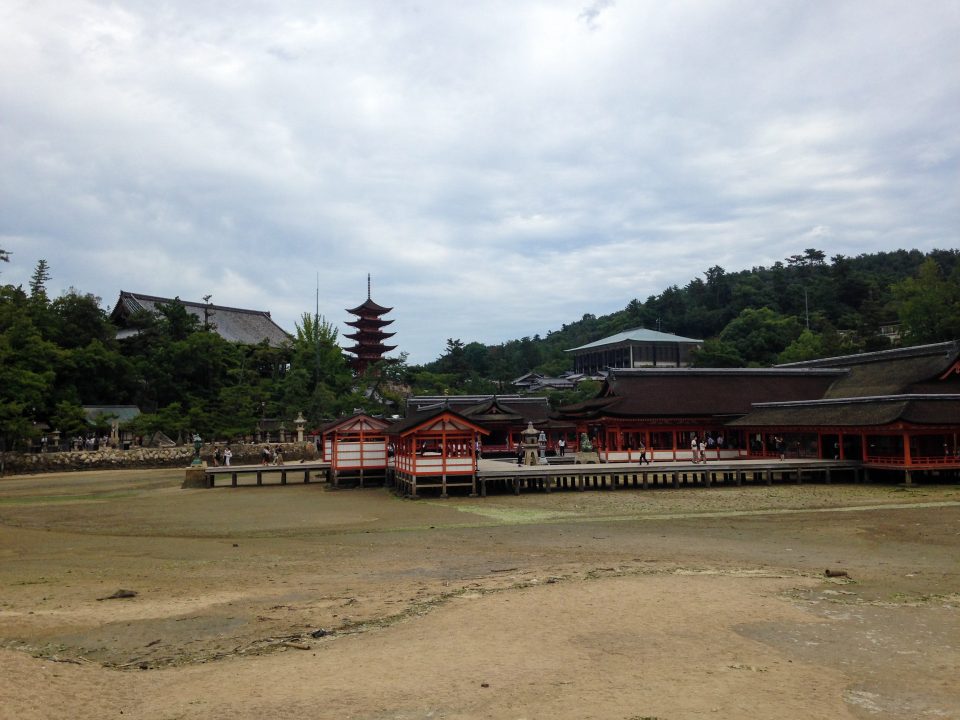
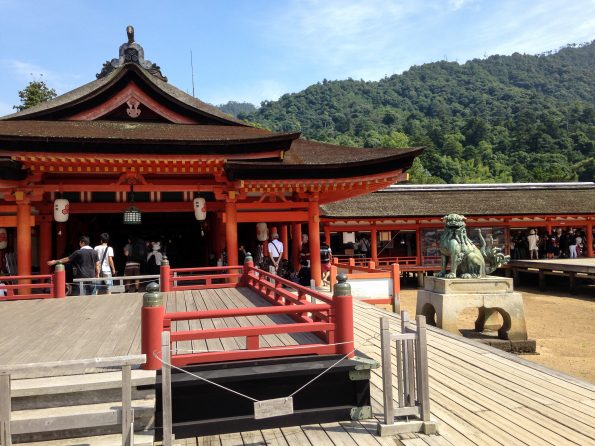
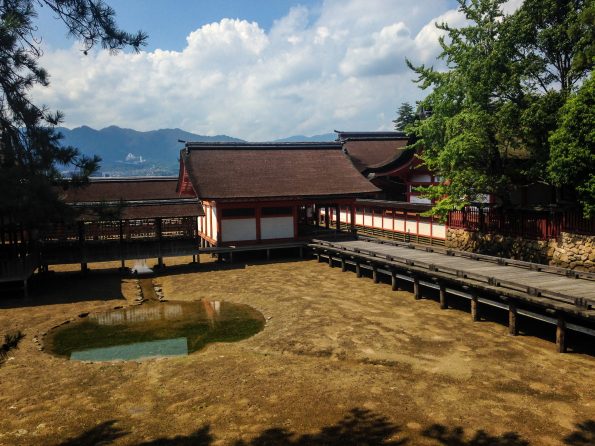
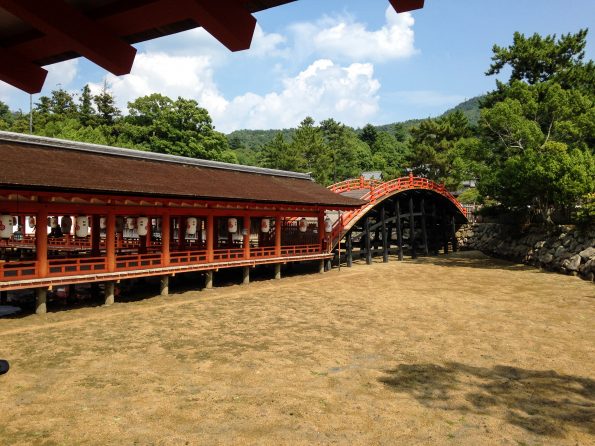
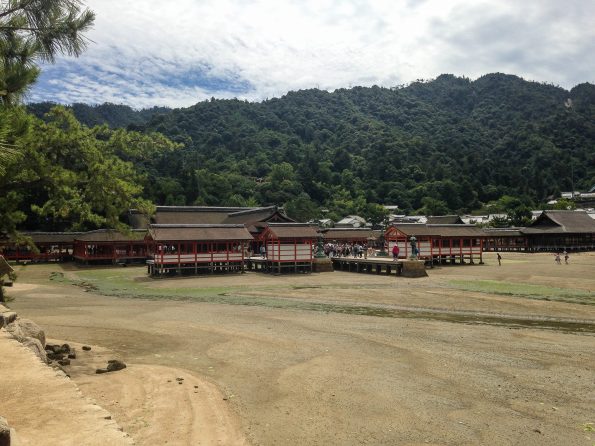
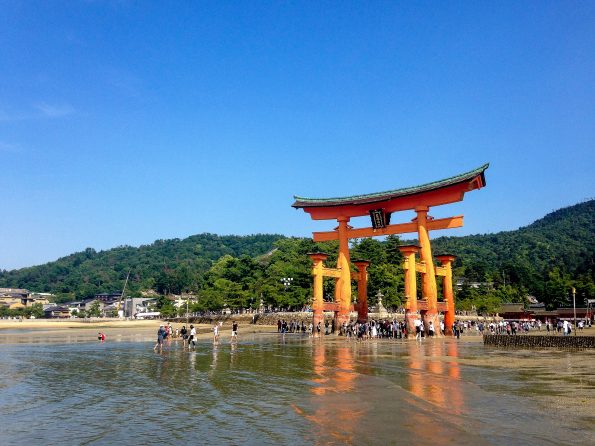
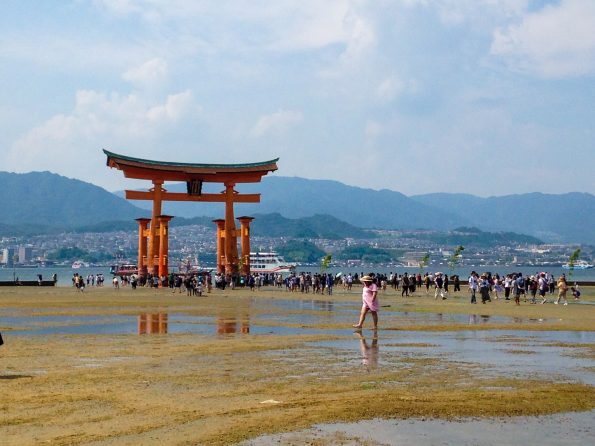
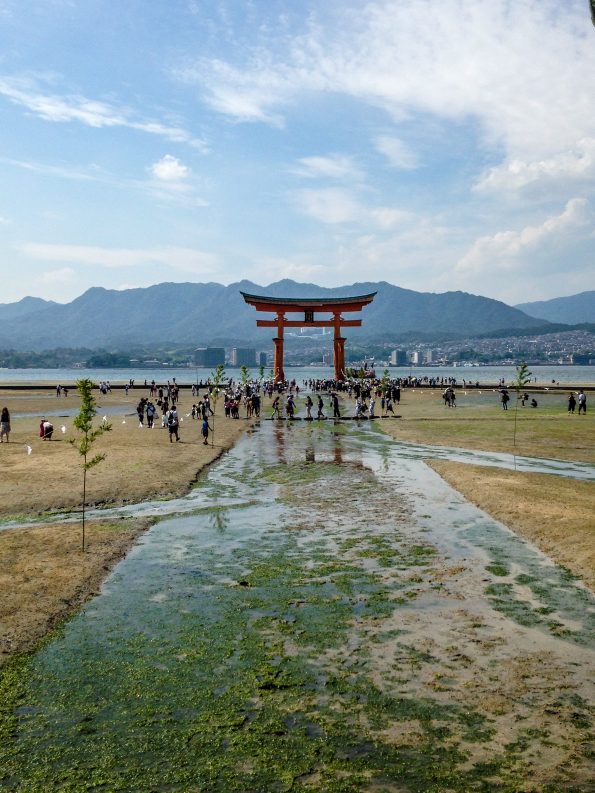
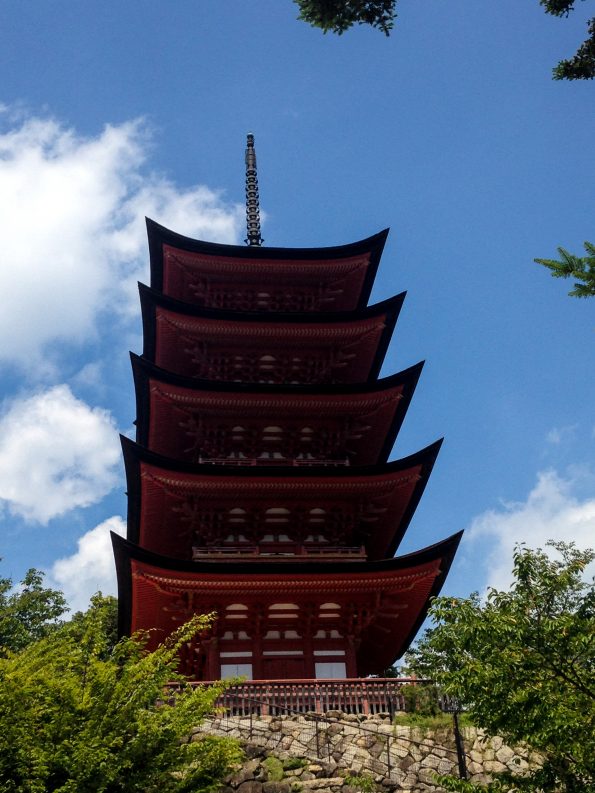
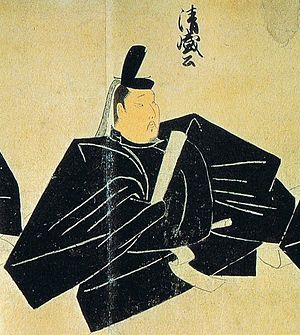
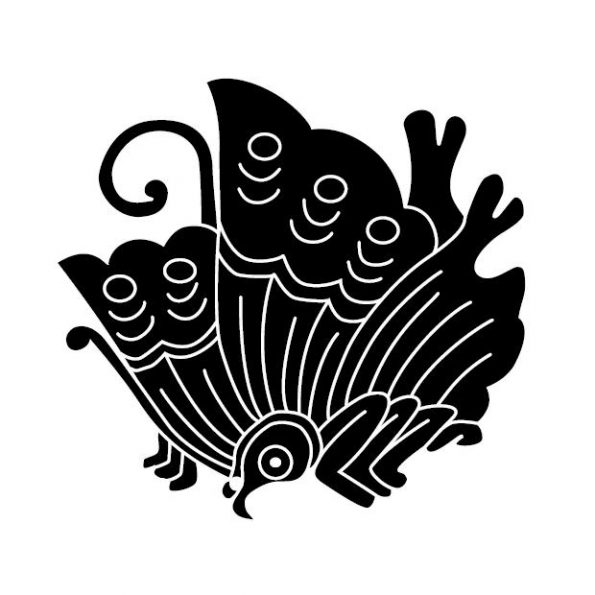
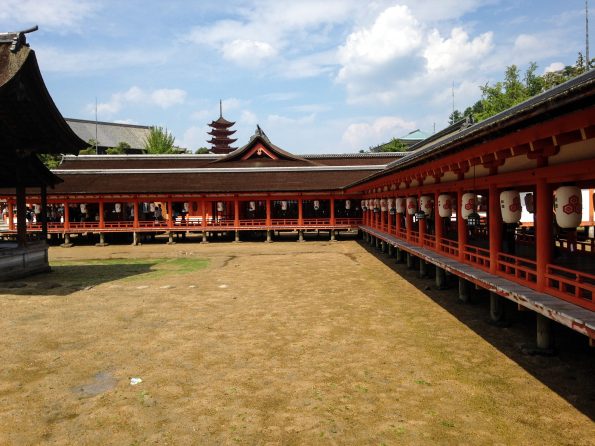
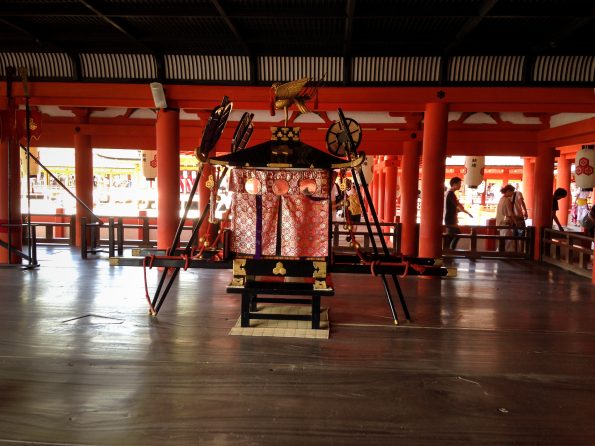
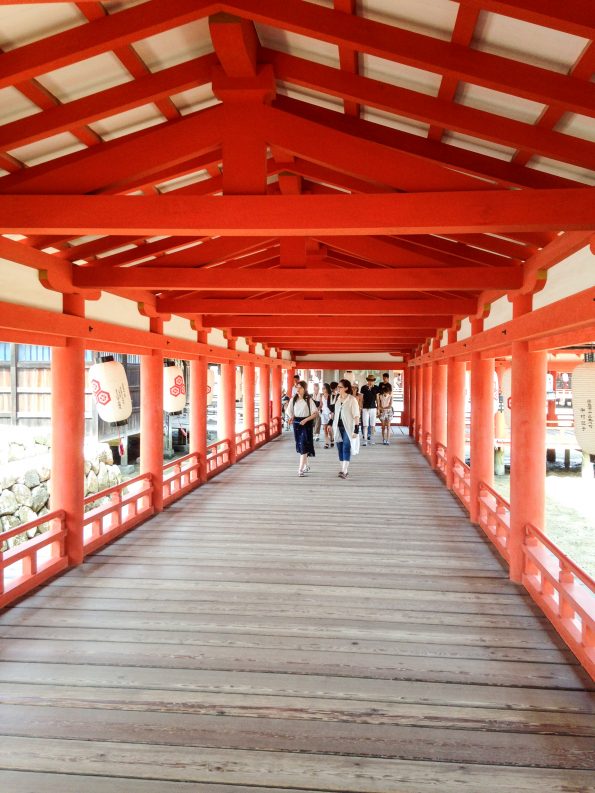
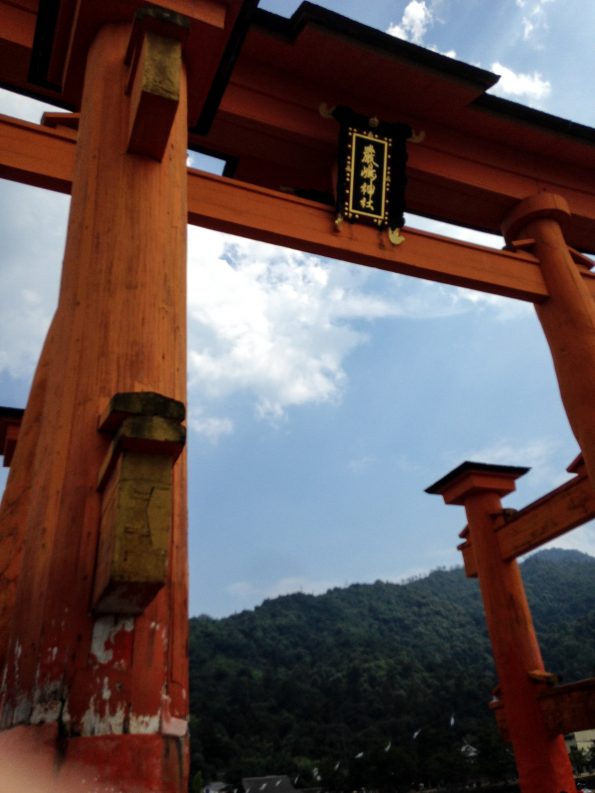
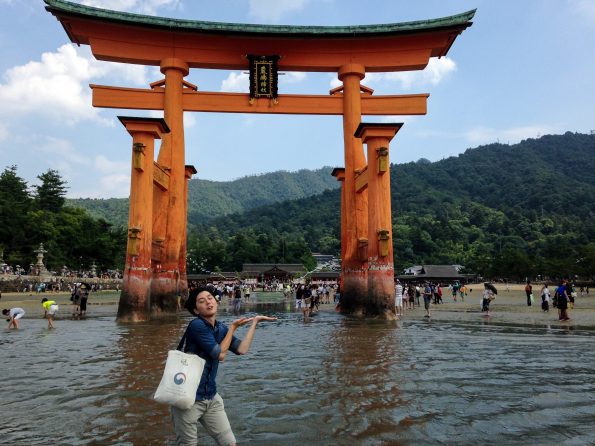
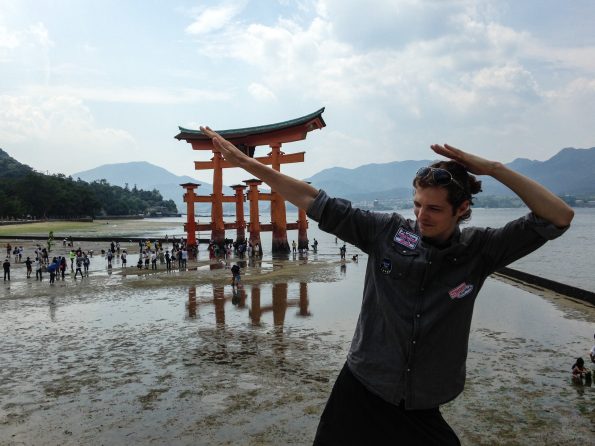
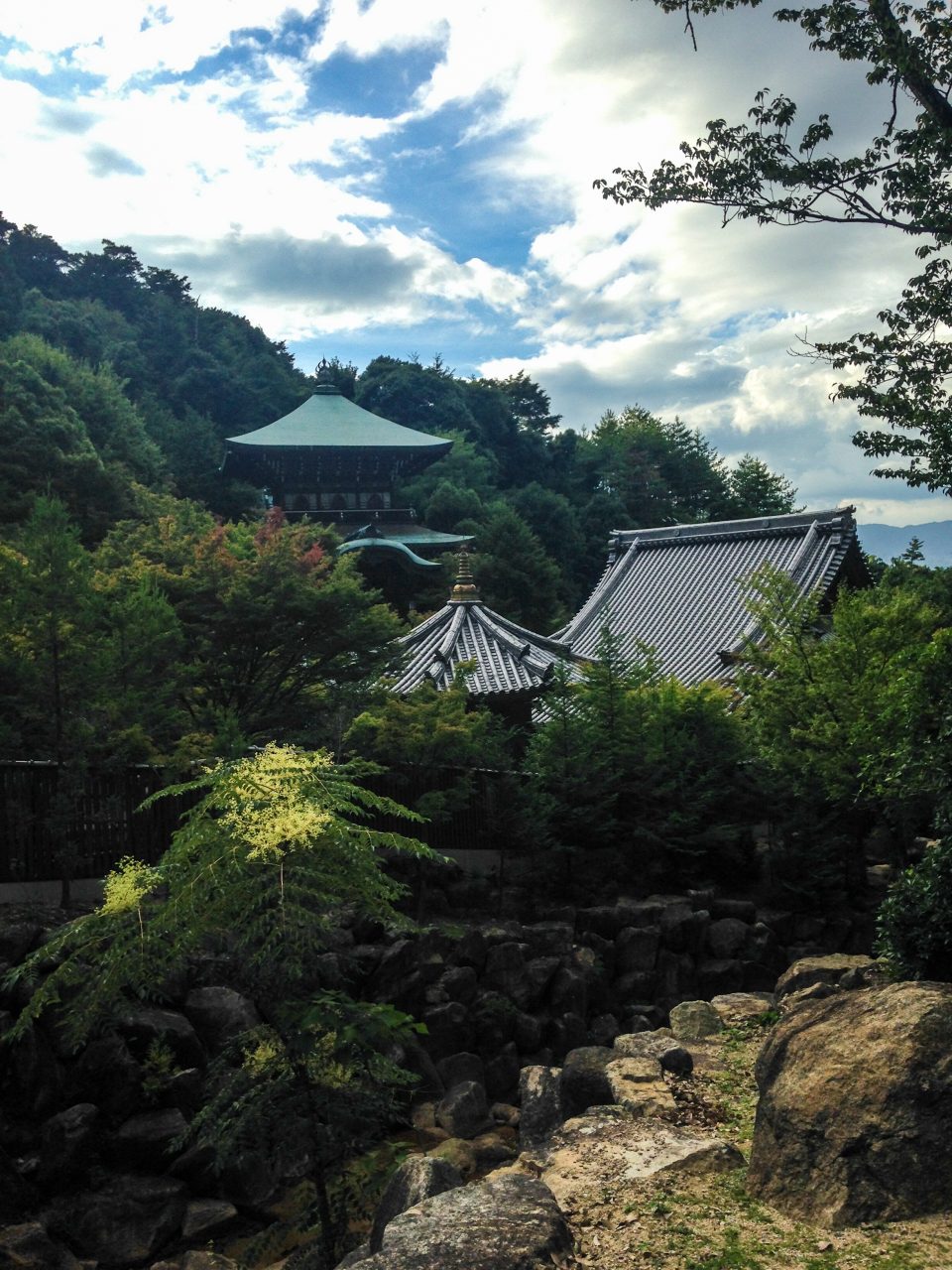
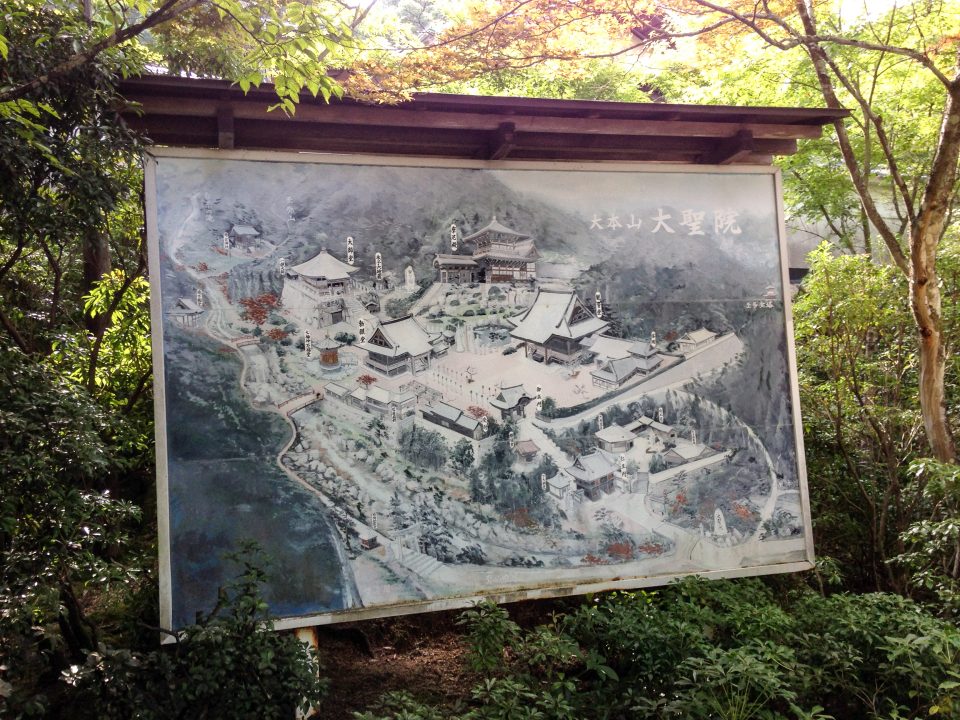
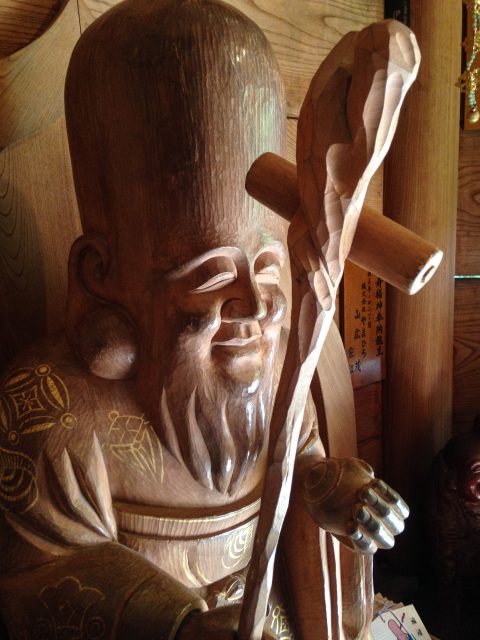
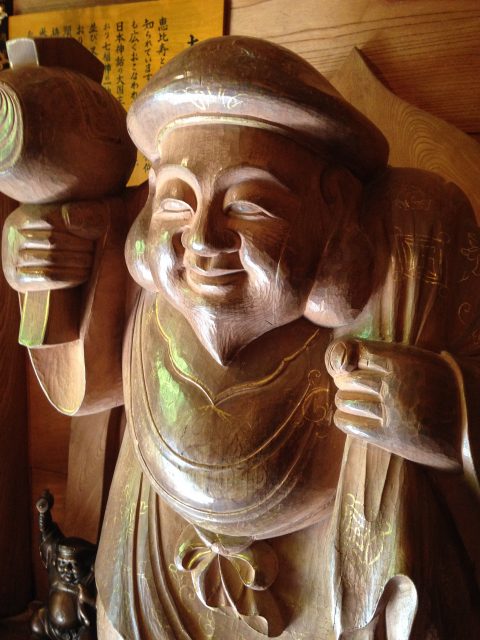
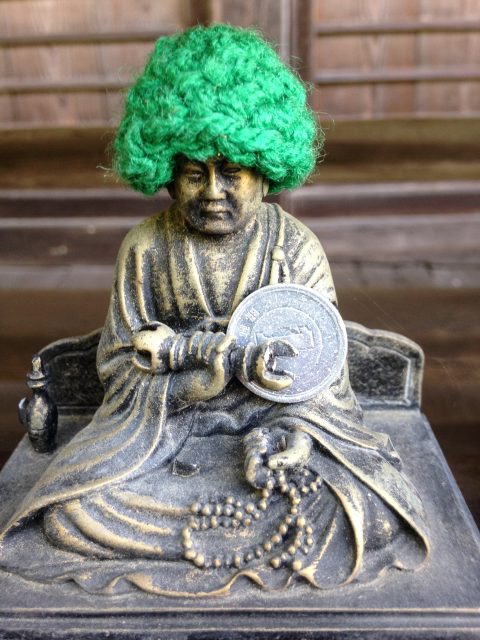
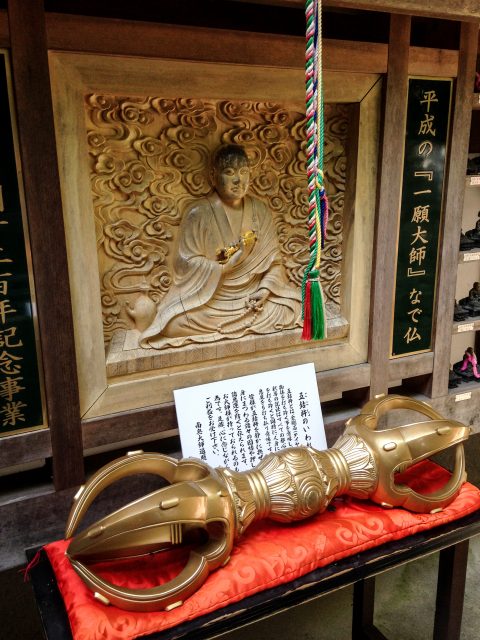
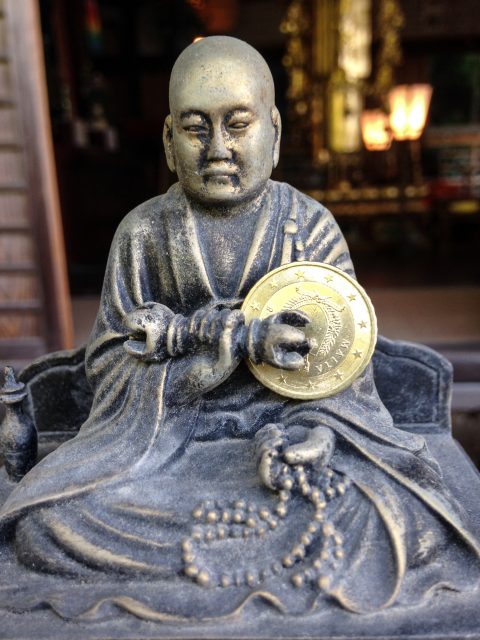
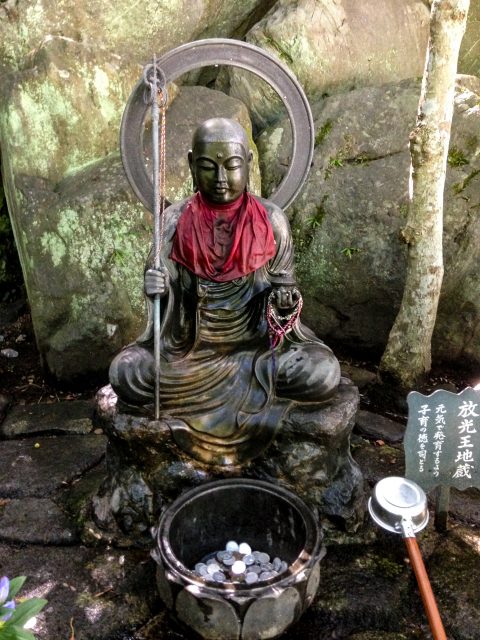
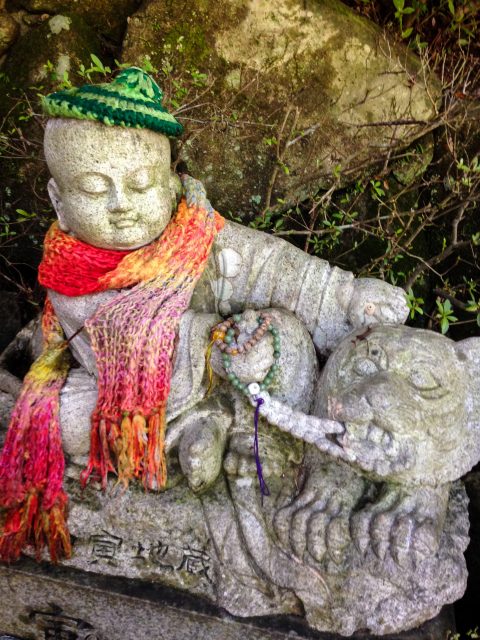
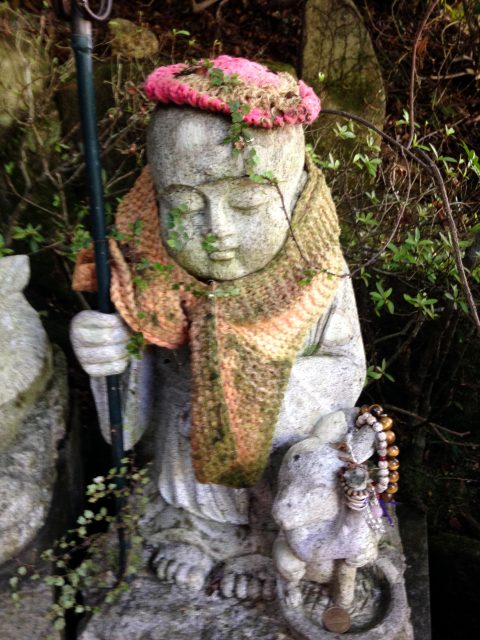
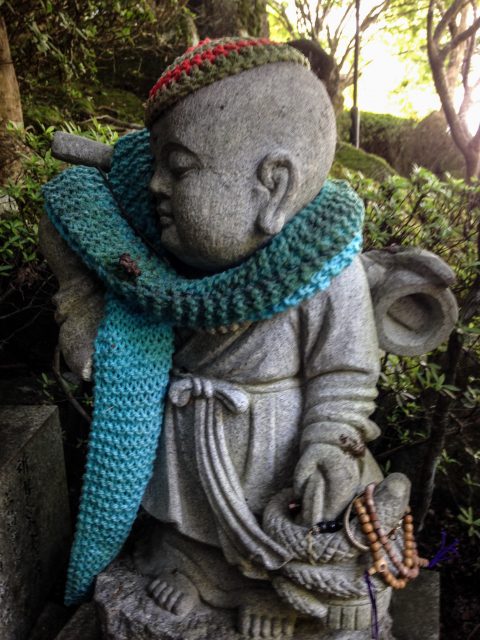



0 Comments